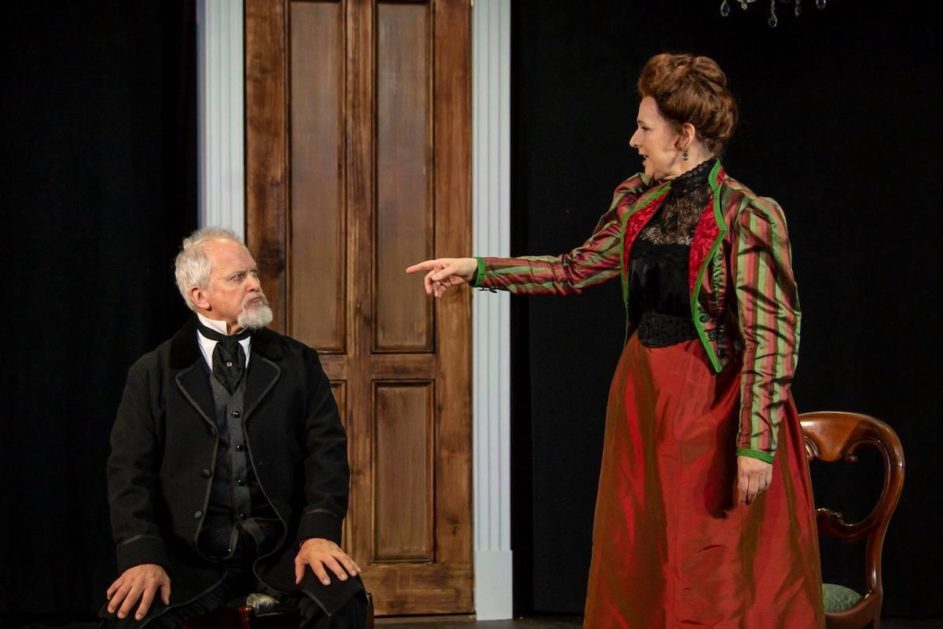In 1987, after 15 years of painstaking reconstruction of the original choreography, the Joffrey Ballet presented a new premiere of Igor Stravinsky’s groundbreaking ballet “The Rite of Spring” to enthralled audiences in Los Angeles. Stravinsky’s music for the ballet had been a mainstay in the orchestral literature for more than 50 years. It remains one of the most influential pieces of music of the 20th century, although after only five performances the ballet itself had disappeared.
At its original premiere at the Théâtre des Champs-Élysées on May 29, 1913, the sounds in the music, the stage designs and primitive costumes by Russian archeologist and painter Nicholas Roerich and, especially, the radical choreography by Vaslav Nijinsky were so shocking to the sophisticated and well-heeled portion of the audience used to lyrical, classical ballet that – exacerbated by the egging-on of the less-affluent segment of the audience delighting in their distress – boos and hissing turned into a near-riot that spread out into the streets.
Roerich’s story concept, developed into a musical narrative by Stravinsky, revolves around a primitive, pagan Russian village that celebrates the arrival of spring with rituals and ceremonies that culminate in the selection of a young virgin who dances herself to death. “To be reminded of that brute animal unconsciousness at the zoo is one thing; to have it enacted by a troupe of highly trained dancers and musicians in a theatre full of Parisian sophisticates is quite another,” wrote one commentator.

Thorvald (John Forrest Ferguson) and Anne Marie (Linda High), after a confrontation at the courthouse
This wasn’t the first time polite theater-going society had been forced to confront subordination of women. Thirty-four years earlier, at the premiere of Norwegian playwright Henrik Ibsen’s “A Doll’s House” at the Royal Theatre in Copenhagen, Denmark, when Nora Helmer walked out on her banker husband, Thorvald Helmer, and her three children, it became a social phenomenon.
The idea that a middle-class wife and mother would do that sent shockwaves around the world as the play was translated into other languages around the globe. Although, since the women’s liberation movement, the story in the play no longer startles audiences, as recently as 2006 “A Doll’s House” was still the most-performed play in the world, as well as one of the most influential.
In 2017, American playwright Lucas Hnath took on a kind of reconstruction of his own with “A Doll’s House, Part 2,” currently being performed at Flying Anvil Theatre in Rocky Hill. Hnath’s play is not a restructuring of the original play but an extension of its story: Nora comes back home 15 years after she left.
The weight of Thorvald’s treatment of Nora as nothing more than an empty-headed doll incapable of doing things for herself – implied by the original play’s title – is still there in Hnath’s Thorvald. He has remained unchanged. But Nora herself has blossomed into the independent, self-sustaining woman she only thought she might possibly become when she walked out the first time.

Nora (Nancy Duckles), with her youngest child, Emmy (Maddie Poeta)
As Nora, Nancy Duckles is perfect. So is John Forrest Ferguson as Thorvald. The gift Hnath has brought to this tense and troubled relationship is finding the humor in the timing of what Nora and Thorvald say to each other. This result, this time around, is the story of Nora and Thorvald is filled with laughter, as much for the awkwardness in Nora and Thorvald’s conversation as for the audience’s recognition of the authenticity of the moments.
Faced with moments of truth, it’s often easier to laugh than to cry.
Director Casey Sams gets the most from every one of the opportunities, especially in the way Anne Marie (Linda High), the aging governess and housekeeper who has stayed all of these years, adds four-letter exclamations when she can’t otherwise score her points with Nora.
The irony in “A Doll’s House, Part 2” is that now Nora actually needs something from Thorvald. To keep herself from the social and financial ruin of her very successful career, she needs the divorce that Thorvald never executed all those years ago.
Coming up with a way to convince Thorvald to do it involves plots with both Anne Marie and Nora’s youngest child, Emmy (Maddie Poeta), who barely remembers her mother. This act of putting a child in the middle will ring lots of bells – some of them funny, some of them not.
In any case, Flying Anvil’s production of “A Doll’s House, Part 2” is satisfying on so many levels, it may be the best experience you are likely to have at the theater this year. Don’t miss it!
“A Doll’s House, Part 2” runs through April 28 at Flying Anvil Theatre, 1300 Rocky Hill Road. Ticket availability and other information can be found at the website.

